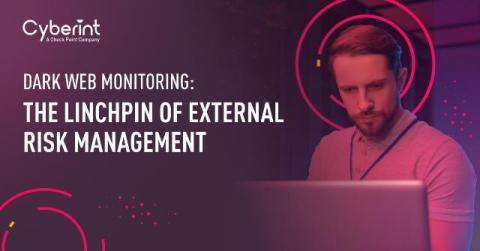Seven Use Cases for Remote Browser Isolation (RBI)
It’s important to know that not all Remote Browser Isolation (RBI) solutions address the same use cases. Some use cases a good RBI solution solves include monitoring third-party access to systems, auditing browser activity, enabling secure Bring Your Own Device (BYOD) and extending zero trust to browsers. Continue reading to learn what RBI is and explore some of its most common use cases.










